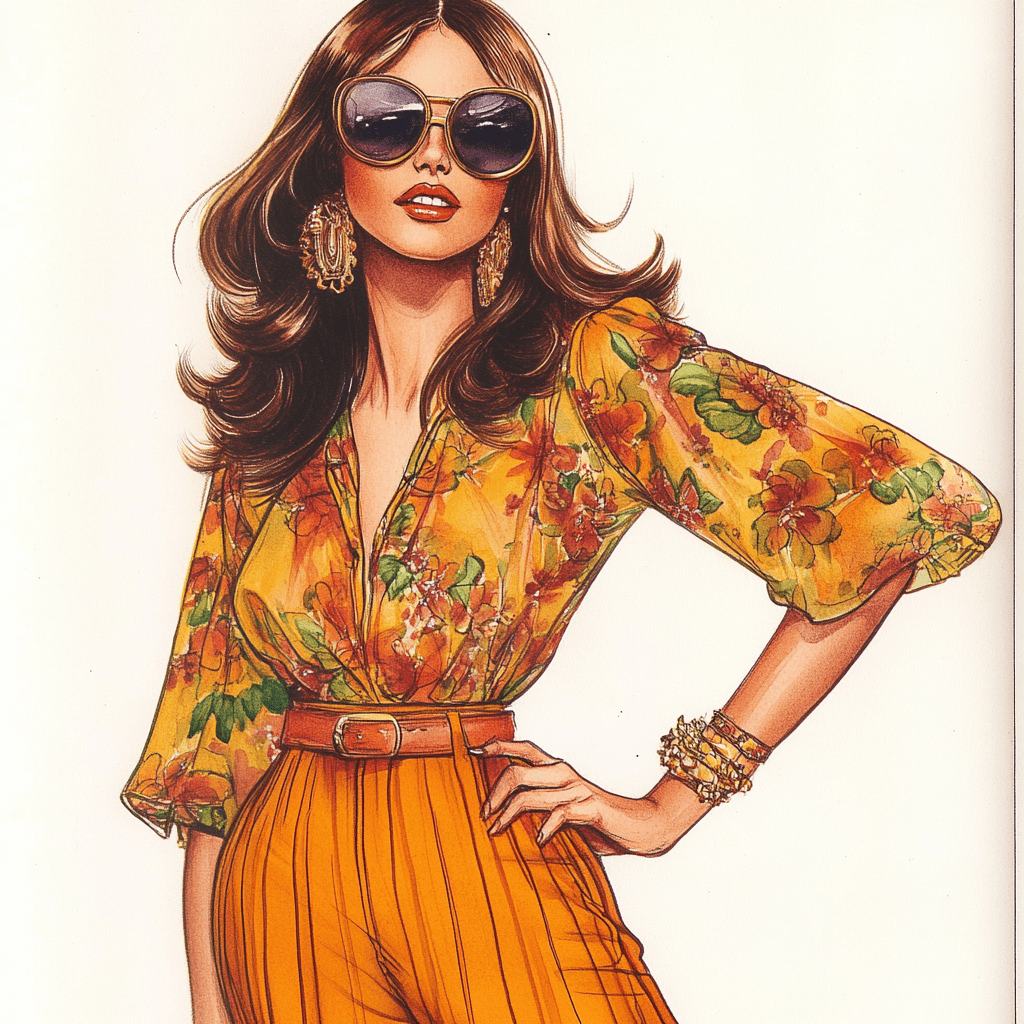
The 1970s marked a fashion revolution, with daring and dynamic styles that still influence today’s fashion world. Known for bold prints, innovative materials, and cultural fusion, this decade saw the rise of designers who shaped both haute couture and everyday fashion. From the United States to the UK, Europe, and Asia, these designers created iconic 1970 outfits that defined the era.
Top 3 Fashion Designers in the USA (1970s Outfits)
Halston
- Signature Style: Known for minimalist elegance, Halston’s designs embodied the effortless glamour of the 1970s disco era. His outfits, often sleek and body-conscious, captured the spirit of Studio 54, where many of his designs shined.
- Famous Wearers: Liza Minnelli, Bianca Jagger, and Elizabeth Taylor were frequently seen in Halston’s luxurious creations.
- Materials Used: He favored ultrasuede, cashmere, chiffon, and silk, creating outfits that were not only visually striking but also comfortable and fluid for dance-heavy nights out.
- Where to See It: His designs can be found at The Museum at FIT (Fashion Institute of Technology) and The Met Costume Institute in New York.
Oscar de la Renta
- Signature Style: Oscar de la Renta became synonymous with opulence and elegance in the 1970s. His flowing gowns, characterized by their intricate detailing and use of luxurious materials, became staples of red carpets and high-society galas.
- Famous Wearers: Jacqueline Kennedy Onassis and Nancy Reagan helped cement his reputation as the go-to designer for formal events.
- Materials Used: De la Renta often used silk, taffeta, and organza to create his voluminous gowns, rich in texture and color.
- Where to See It: His iconic 1970 outfits are regularly displayed at exhibitions, including the SCAD FASH Museum of Fashion + Film in Georgia.
Diane von Fürstenberg
- Signature Style: The creator of the famous wrap dress, Diane von Fürstenberg’s designs were revolutionary for working women in the 1970s. The wrap dress, both versatile and flattering, became a symbol of empowerment and liberation for women.
- Famous Wearers: Fürstenberg’s wrap dress became an iconic piece, worn by stars like Gloria Steinem and Cybill Shepherd.
- Materials Used: Soft, stretchy jersey fabric was a favorite for her wrap dresses, creating a blend of comfort and sophistication.
- Where to See It: The Met Costume Institute in New York often displays her timeless designs.
Top 3 Fashion Designers in the UK (1970s Outfits)

Vivienne Westwood
Signature Style: Westwood is widely credited with bringing punk fashion into the mainstream. Her rebellious designs in the late 1970s featured distressed fabrics, leather, and bold graphics, epitomizing the punk movement.
Famous Wearers: Westwood dressed the Sex Pistols and became the face of London’s punk fashion scene.
Materials Used: Leather, tartan, and safety pins were signature elements in her edgy designs.
Where to See It: Her work is featured at the Victoria and Albert Museum (V&A) in London, highlighting her role in revolutionizing British fashion.
Zandra Rhodes
- Signature Style: Zandra Rhodes became known for her bold use of color, unique patterns, and flowing silhouettes, perfect for the bohemian fashion spirit of the 1970s. Her designs are eclectic, mixing playful prints with luxurious materials.
- Famous Wearers: Rhodes dressed stars like Freddie Mercury and Princess Diana, who adored her unique take on high fashion.
- Materials Used: She is famous for her screen-printed silk and chiffon creations.
- Where to See It: Zandra Rhodes has her own Fashion and Textile Museum in London, showcasing her iconic 1970s outfits.
Mary Quant
- Signature Style: While known for popularizing the mini skirt in the 1960s, Mary Quant continued her influence into the 1970s with playful, youth-oriented designs. Her bold use of colors and innovative fabrics created an energetic fashion movement.
- Famous Wearers: Twiggy and Jean Shrimpton were fans of Quant’s fun, flirty style.
- Materials Used: Quant embraced synthetic materials such as PVC and polyester, which gave her designs a futuristic, edgy appeal.
- Where to See It: The V&A Museum in London regularly showcases Quant’s influential work.
Top 3 Fashion Designers in Europe (1970s Outfits)
Yves Saint Laurent (France)
- Signature Style: Yves Saint Laurent broke barriers with his androgynous, tailored looks. His introduction of “Le Smoking,” a tuxedo for women, redefined women’s fashion in the 1970s, blending feminine elegance with masculine tailoring.
- Famous Wearers: Icons like Catherine Deneuve and Paloma Picasso were often seen in Saint Laurent’s sharp designs.
- Materials Used: Wool, velvet, and silk were frequently used in his structured yet luxurious designs.
- Where to See It: The Musée Yves Saint Laurent Paris is dedicated to his timeless collections.
Paco Rabanne (Spain/France)
- Signature Style: Rabanne is known for his futuristic designs, introducing innovative materials such as metal and plastic into high fashion. His chainmail dresses became iconic, pushing the boundaries of what was considered wearable.
- Famous Wearers: Stars like Françoise Hardy and Jane Birkin were frequently seen in his avant-garde creations.
- Materials Used: Metal, plastic, and even paper were used in his unique, space-age designs.
- Where to See It: His work is on display at the Musée des Arts Décoratifs in Paris.
Karl Lagerfeld (Germany)
- Signature Style: Karl Lagerfeld dominated European fashion with his romantic yet modern take on women’s wear. His work for Chloé in the 1970s featured soft, flowing silhouettes that catered to the bohemian chic crowd.
- Famous Wearers: Lagerfeld’s designs were worn by stars like Inès de la Fressange and Jacqueline Kennedy.
- Materials Used: Chiffon, lace, and wool were central to his feminine and romantic designs.
- Where to See It: His work can be seen in exhibitions at the Palais Galliera in Paris.
Top 3 Fashion Designers in Asia (1970s Outfits)
Hanae Mori (Japan)
- Signature Style: Hanae Mori was the first Asian woman to join the ranks of Parisian haute couture. Her designs combined Japanese tradition with Western couture, creating elegant, flowing garments with intricate details.
- Famous Wearers: Grace Kelly and Empress Masako of Japan were among her high-profile clients.
- Materials Used: Mori often used luxurious silk and brocade, referencing traditional kimono fabrics.
- Where to See It: Mori’s designs are featured in the Kyoto Costume Institute and Tokyo National Museum.
Issey Miyake (Japan)
- Signature Style: Known for his innovative pleating techniques, Issey Miyake redefined fashion by introducing lightweight, flexible materials that embraced comfort and movement, perfectly aligned with 1970s avant-garde fashion.
- Famous Wearers: Grace Jones and David Bowie wore his groundbreaking designs.
- Materials Used: Miyake utilized pleated polyester and other synthetics to create cutting-edge fashion.
- Where to See It: His work is on display at the 21_21 Design Sight Museum in Tokyo.
Kenzo Takada (Japan)
- Signature Style: Kenzo blended Eastern and Western influences, bringing vibrant, bold prints and flowing silhouettes into the fashion mainstream. His playful and eclectic designs resonated with both the avant-garde and everyday fashion enthusiasts.
- Famous Wearers: Brigitte Bardot and Jerry Hall were fans of Kenzo’s colorful, free-spirited looks.
- Materials Used: Cotton and wool formed the basis of his vibrant, globally inspired collections.
- Where to See It: His work is often exhibited at the Musée des Arts Décoratifs in Paris.
7 Unknown Facts About 1970s Fashion Designers and 1970s Outfits
Halston’s Ultrasuede Revolution: While Halston became famous for his chic, minimalistic designs, one of his most notable contributions to 1970s fashion was popularizing ultrasuede, a synthetic microfiber that looked and felt like suede but was washable and easier to maintain. This fabric was a game-changer for everyday fashion, merging luxury with practicality.
Issey Miyake’s Technological Approach: Issey Miyake wasn’t just a designer; he was an innovator who brought technology into fashion. His Pleats Please line was a revolutionary collection that involved pleating garments after they were sewn, creating wrinkle-resistant and easy-to-wear outfits. This fusion of fashion and technology began in the 1970s and continues to influence modern clothing.
Vivienne Westwood and Malcolm McLaren’s Punk Origin: Vivienne Westwood’s rise as a fashion icon is deeply connected with the punk movement of the late 1970s. She and her partner, Malcolm McLaren, who managed the Sex Pistols, crafted much of the punk aesthetic. Their boutique SEX on London’s King’s Road was ground zero for the punk movement, influencing not only fashion but also music and culture.
Kenzo’s Jungle-Inspired Show: In 1970, Kenzo Takada shook up the Paris fashion scene with his first runway show. It was held in an actual circus tent, where models strutted down the catwalk in bold, jungle-inspired prints. This vibrant display was one of the first to introduce colorful patterns and Asian aesthetics to Parisian fashion, creating a lasting cultural fusion.
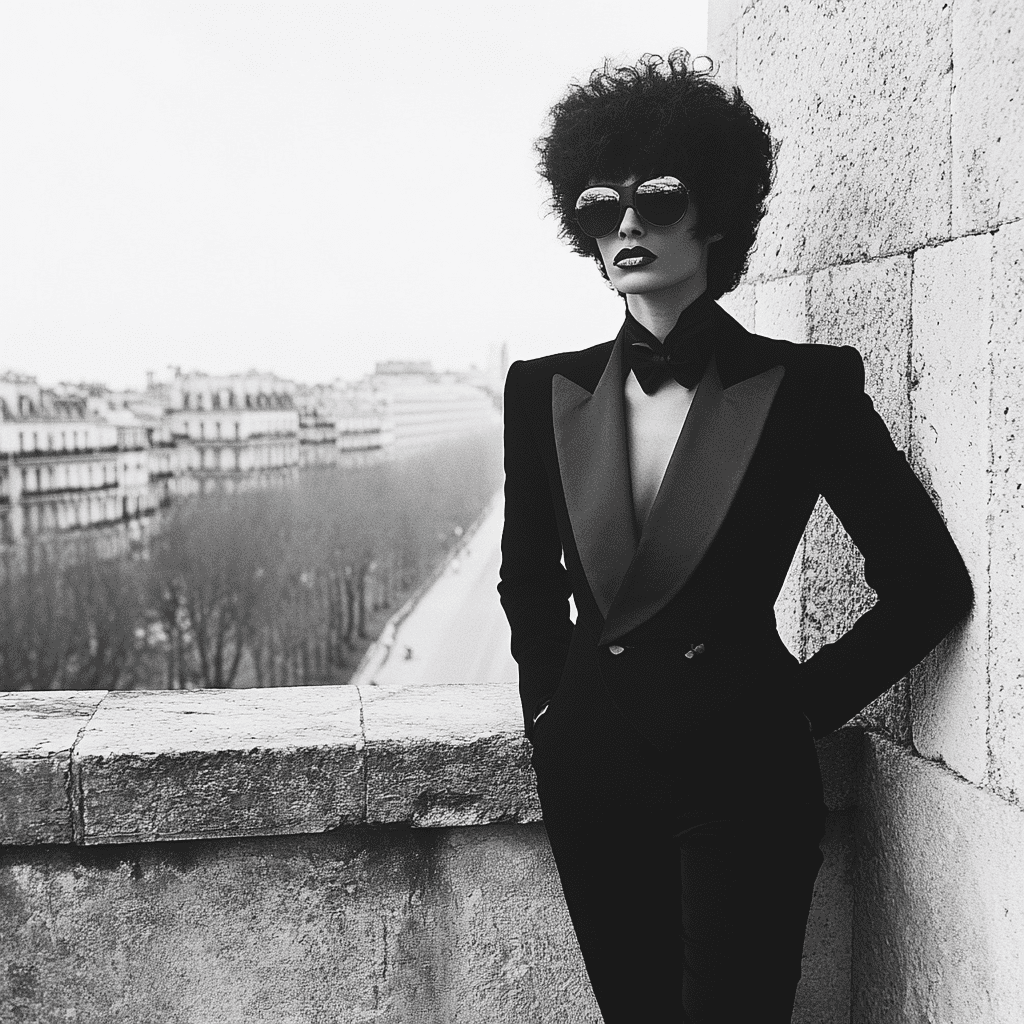
Yves Saint Laurent and Gender Fluidity: Saint Laurent’s iconic Le Smoking tuxedo for women, introduced in the 1960s but widely embraced in the 1970s, challenged traditional gender norms. It was revolutionary for its time and played a key role in the acceptance of women in masculine-inspired fashion. This movement laid the foundation for gender fluid fashion trends that have continued to evolve today.
Zandra Rhodes’ Pop Culture Impact: Zandra Rhodes’ bold and artistic prints made her an avant-garde darling, but what many don’t know is her contribution to costume design for the 1970s movie The Stud, starring Joan Collins. Rhodes not only designed outfits for the character but also inspired mainstream fashion through her flamboyant work in film and theater.
Paco Rabanne’s Unconventional Materials: Paco Rabanne shocked the fashion world by creating dresses from materials like metal, plastic, and even paper. His chainmail-inspired designs were futuristic and avant-garde, pushing the boundaries of what constituted “fashionable” clothing. In the 1970s, Rabanne’s work inspired the space-age movement and shifted how designers thought about materials.
These lesser-known facts about 1970s fashion designers and their iconic outfits highlight the decade’s spirit of innovation, cultural fusion, and boundary-pushing creativity. Conclusion
The 1970s was an era of bold fashion experimentation, where designers broke the mold with daring cuts, innovative materials, and an emphasis on self-expression. These fashion powerhouses from the USA, UK, Europe, and Asia not only defined the era but continue to influence today’s trends. Their iconic 1970 outfits can still be admired in exhibitions around the world, a testament to their enduring legacy in the fashion world.
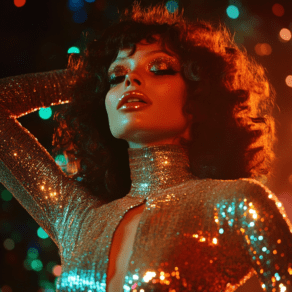
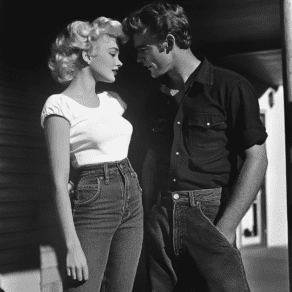


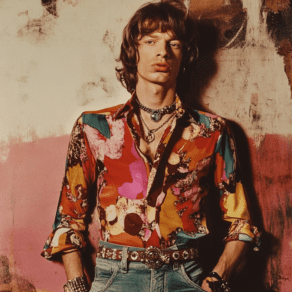
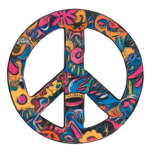
Leave a Comment